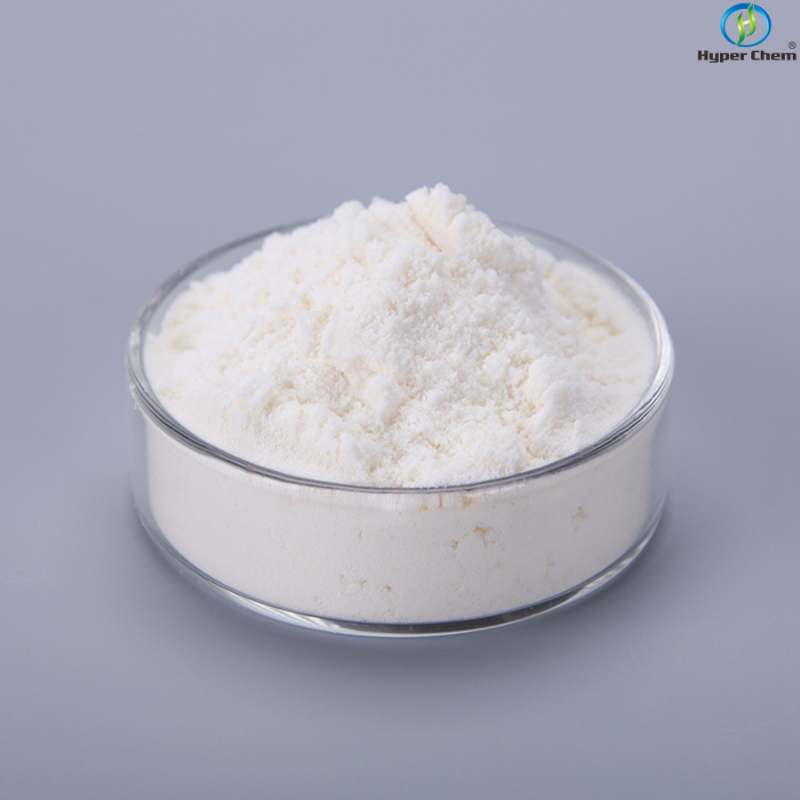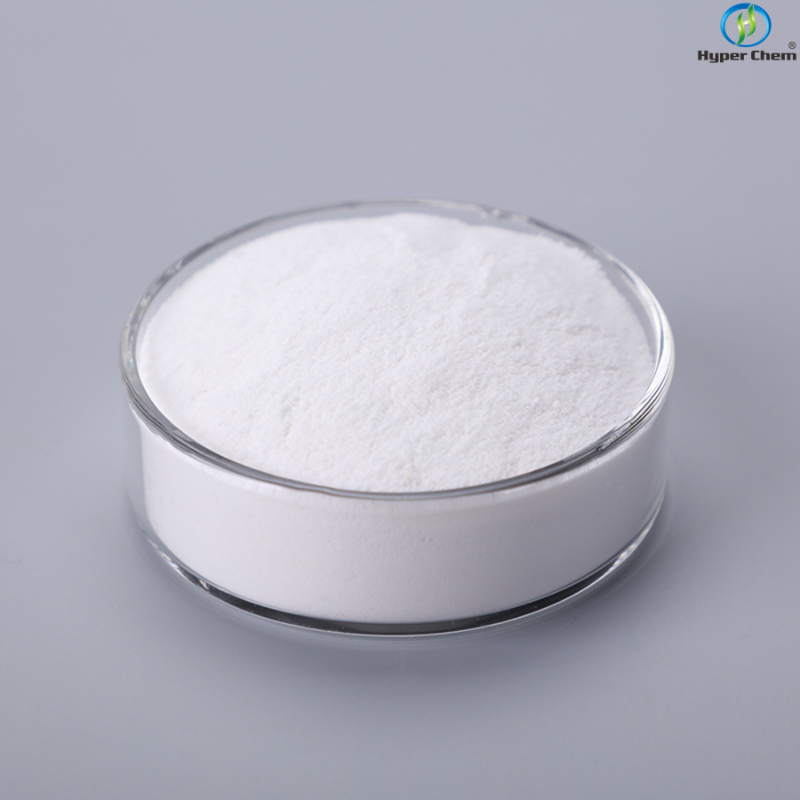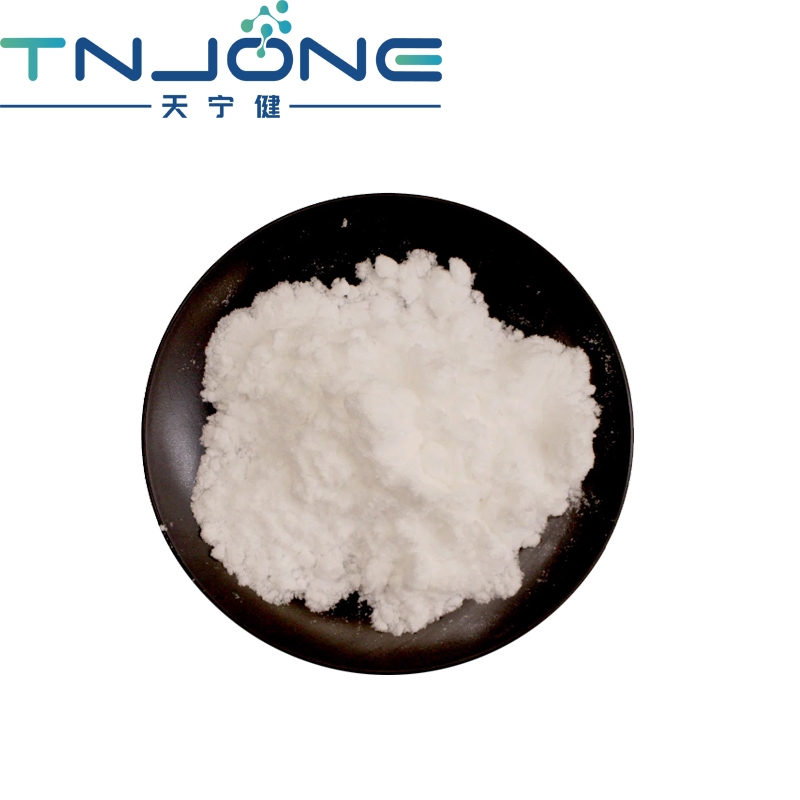-
Categories
-
Pharmaceutical Intermediates
-
Active Pharmaceutical Ingredients
-
Food Additives
- Industrial Coatings
- Agrochemicals
- Dyes and Pigments
- Surfactant
- Flavors and Fragrances
- Chemical Reagents
- Catalyst and Auxiliary
- Natural Products
- Inorganic Chemistry
-
Organic Chemistry
-
Biochemical Engineering
- Analytical Chemistry
-
Cosmetic Ingredient
- Water Treatment Chemical
-
Pharmaceutical Intermediates
Promotion
ECHEMI Mall
Wholesale
Weekly Price
Exhibition
News
-
Trade Service
Recently, Liu Qingsong, a researcher at the Institute of Health and Medical Technology, Hefei Institute of Physical Sciences, Chinese Academy of Sciences, and James Griffin, a professor at the Dana-Farber Cancer Institute at Harvard Medical School, have discovered a new therapeutic target for EZH2 mutation-positive hematological malignancies.
Point to USP47
.
The relevant research results were published online in Leukemia
.
In hematological malignancies, such as germinal center diffuse large B lymphoma (GCB-DLBCL), follicular B-cell lymphoma (FL), acute myeloid leukemia (AML), about 22%-24%, 10%, respectively and 1% of patients carry the EZH2-Y641 site mutation
.
On the one hand, this mutation can lead to the high activation of histone methyltransferase EZH2, which catalyzes the trimethylation of histone H3 at lysine 27 (H3K27me3) to mediate gene silencing; on the other hand, it affects the transcription factor of EZH2.
Activity to regulate downstream signaling pathways, ultimately leading to abnormal proliferation and progression of hematological malignancies
.
Therefore, the use of EZH2 methyltransferase activity inhibitors alone cannot have a good effect on inhibiting tumor growth, and long-term use can easily lead to secondary mutations causing drug resistance and increase poor prognosis.
The main reason for the low response rate or resistance to EZH2 inhibitors in batches or clinical trials
.
Therefore, it is of great clinical significance to develop novel therapeutic strategies for EZH2-mutant hematological malignancies
.
In this work, the researchers found through high-throughput screening that two compounds with similar structures, P22077 and 1247825-37-1, can selectively inhibit the proliferation of EZH2-Y641C mutant AML cell lines and selectively degrade the EZH2-Y641C protein.
No effect on wild type, this selective inhibition and degradation was also validated in mutant DLBCL cells of more clinical therapeutic significance
.
Through multi-omics analysis, it was found that these two compounds inhibited the enzymatic activity of the deubiquitinase USP47 and affected the ubiquitination level of the mutant EZH2 protein, which in turn led to the degradation of mutant EZH2 and disrupted the activation of EZH2-related signaling pathways.
.
In addition, through molecular biology techniques such as gene editing, it was found that USP47 is highly expressed in EZH2 mutant DLBCL, and is more inclined to bind to mutant EZH2, thereby increasing its protein stability
.
Both enzymatic inhibition and gene silencing of USP47 could effectively inhibit the proliferation of DLBCL cell lines, but had no significant effect on normal human peripheral blood cells (PBMC)
.
The efficacy evaluation results in primary patient cells and animal tumor models show that USP47 inhibitors can effectively induce the degradation of mutant EZH2 protein in primary patient cells and cell death, thereby inhibiting tumor growth
.
Our findings suggest that targeting USP47 is a potential treatment for EZH2-mutated hematological malignancies
.
This research was supported by the National Natural Science Foundation of China, the Natural Science Foundation of Anhui Province and other projects
.
Inhibition of USP47 at the enzyme activity and gene level in vivo and in vitro can significantly inhibit the proliferation of EZH2 mutant cells Source: Hefei Institute of Physical Science, Chinese Academy of Sciences
Point to USP47
.
The relevant research results were published online in Leukemia
.
In hematological malignancies, such as germinal center diffuse large B lymphoma (GCB-DLBCL), follicular B-cell lymphoma (FL), acute myeloid leukemia (AML), about 22%-24%, 10%, respectively and 1% of patients carry the EZH2-Y641 site mutation
.
On the one hand, this mutation can lead to the high activation of histone methyltransferase EZH2, which catalyzes the trimethylation of histone H3 at lysine 27 (H3K27me3) to mediate gene silencing; on the other hand, it affects the transcription factor of EZH2.
Activity to regulate downstream signaling pathways, ultimately leading to abnormal proliferation and progression of hematological malignancies
.
Therefore, the use of EZH2 methyltransferase activity inhibitors alone cannot have a good effect on inhibiting tumor growth, and long-term use can easily lead to secondary mutations causing drug resistance and increase poor prognosis.
The main reason for the low response rate or resistance to EZH2 inhibitors in batches or clinical trials
.
Therefore, it is of great clinical significance to develop novel therapeutic strategies for EZH2-mutant hematological malignancies
.
In this work, the researchers found through high-throughput screening that two compounds with similar structures, P22077 and 1247825-37-1, can selectively inhibit the proliferation of EZH2-Y641C mutant AML cell lines and selectively degrade the EZH2-Y641C protein.
No effect on wild type, this selective inhibition and degradation was also validated in mutant DLBCL cells of more clinical therapeutic significance
.
Through multi-omics analysis, it was found that these two compounds inhibited the enzymatic activity of the deubiquitinase USP47 and affected the ubiquitination level of the mutant EZH2 protein, which in turn led to the degradation of mutant EZH2 and disrupted the activation of EZH2-related signaling pathways.
.
In addition, through molecular biology techniques such as gene editing, it was found that USP47 is highly expressed in EZH2 mutant DLBCL, and is more inclined to bind to mutant EZH2, thereby increasing its protein stability
.
Both enzymatic inhibition and gene silencing of USP47 could effectively inhibit the proliferation of DLBCL cell lines, but had no significant effect on normal human peripheral blood cells (PBMC)
.
The efficacy evaluation results in primary patient cells and animal tumor models show that USP47 inhibitors can effectively induce the degradation of mutant EZH2 protein in primary patient cells and cell death, thereby inhibiting tumor growth
.
Our findings suggest that targeting USP47 is a potential treatment for EZH2-mutated hematological malignancies
.
This research was supported by the National Natural Science Foundation of China, the Natural Science Foundation of Anhui Province and other projects
.
Inhibition of USP47 at the enzyme activity and gene level in vivo and in vitro can significantly inhibit the proliferation of EZH2 mutant cells Source: Hefei Institute of Physical Science, Chinese Academy of Sciences







